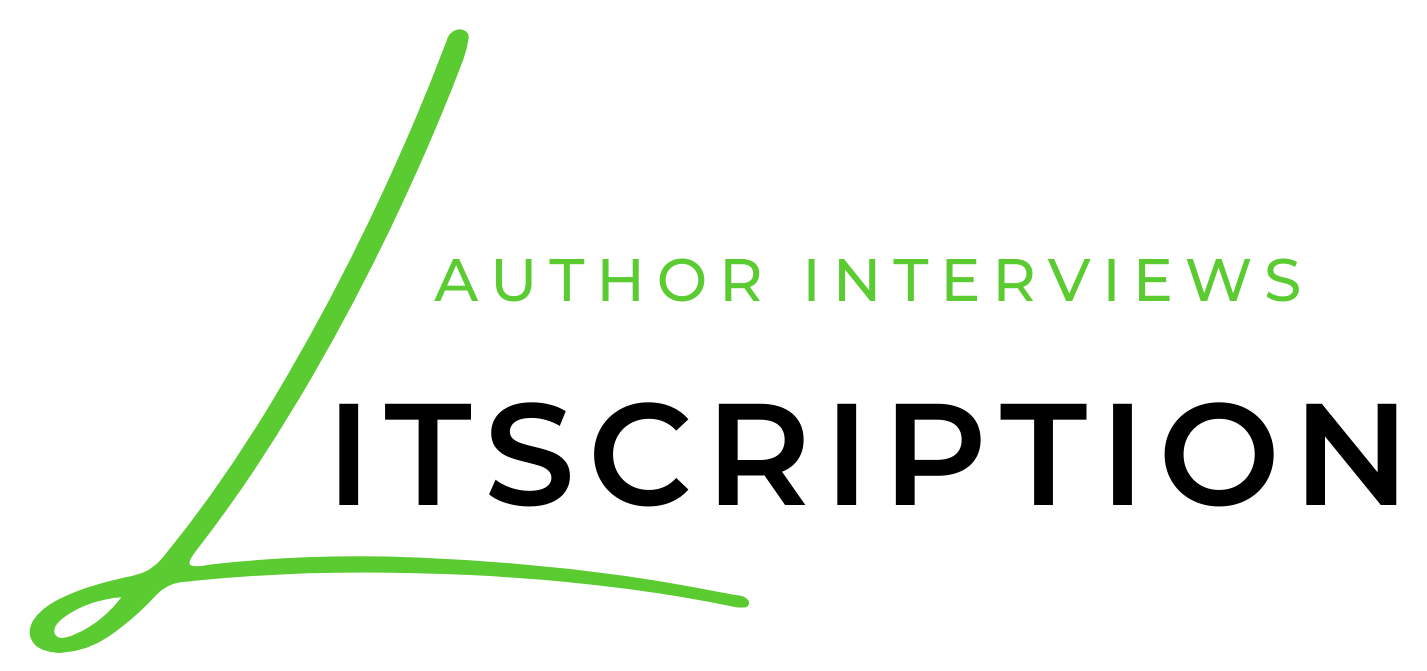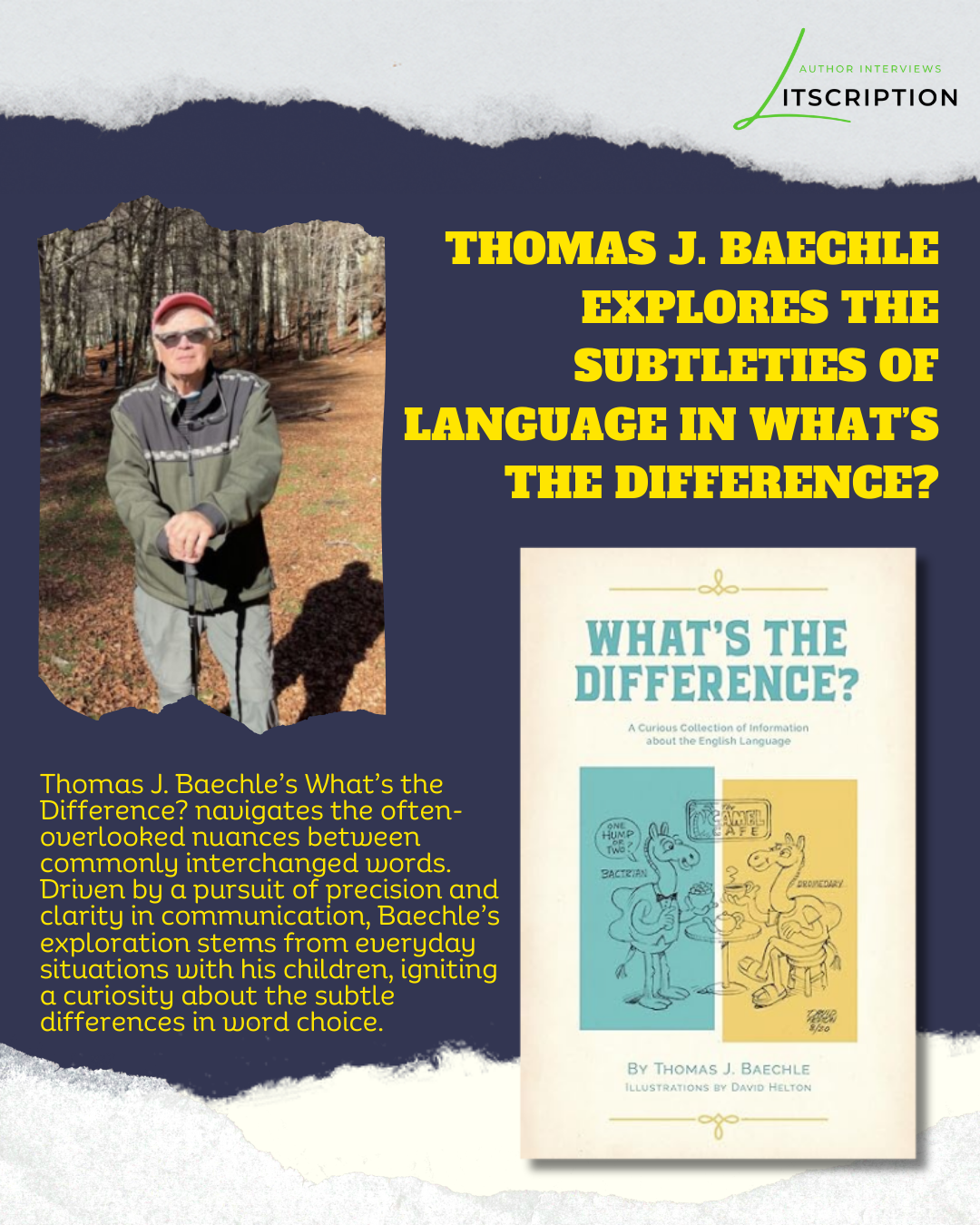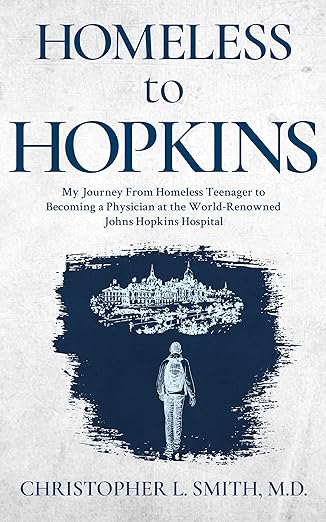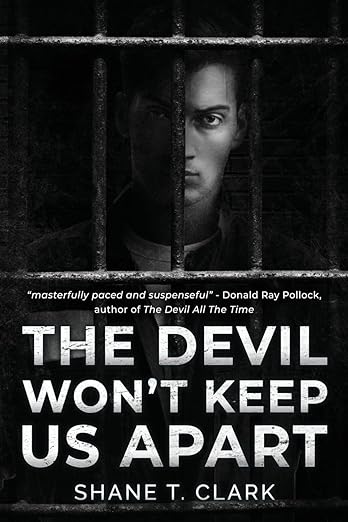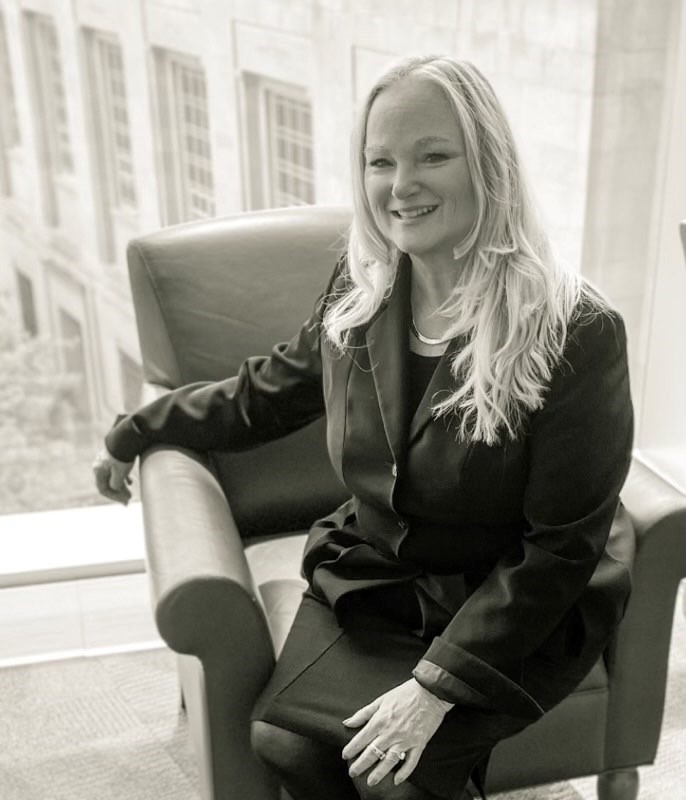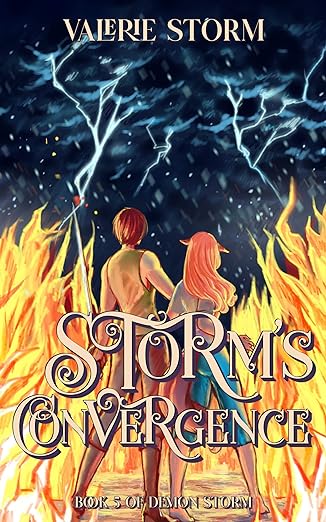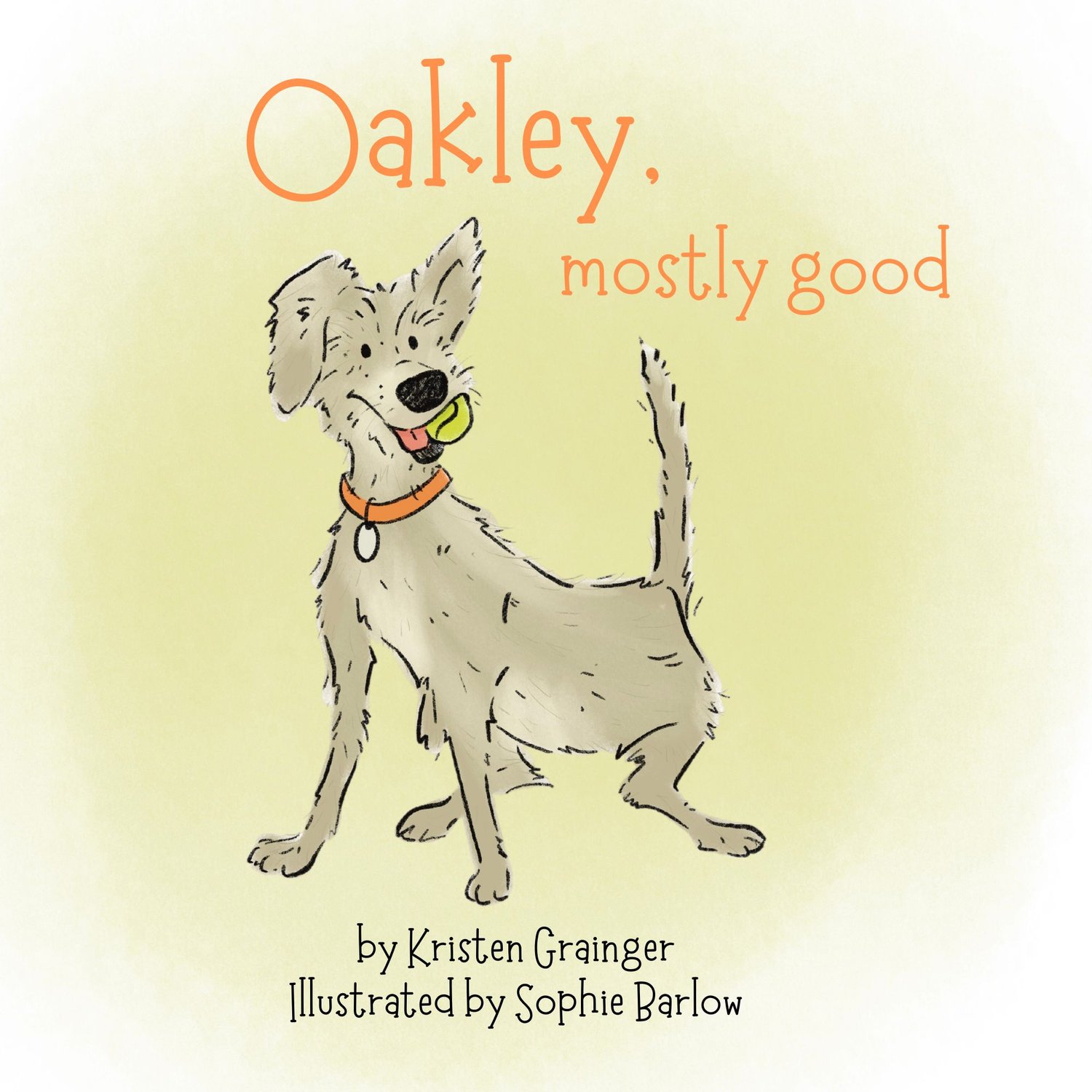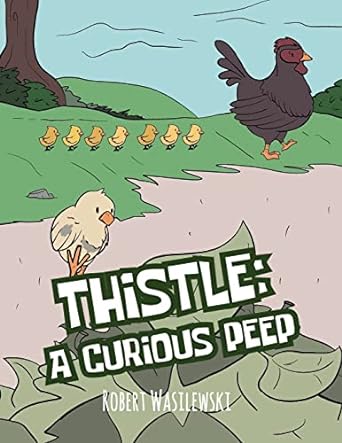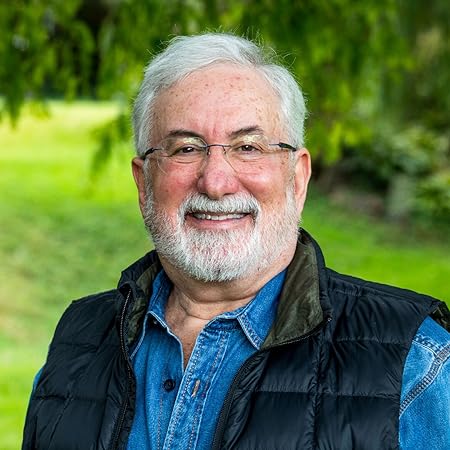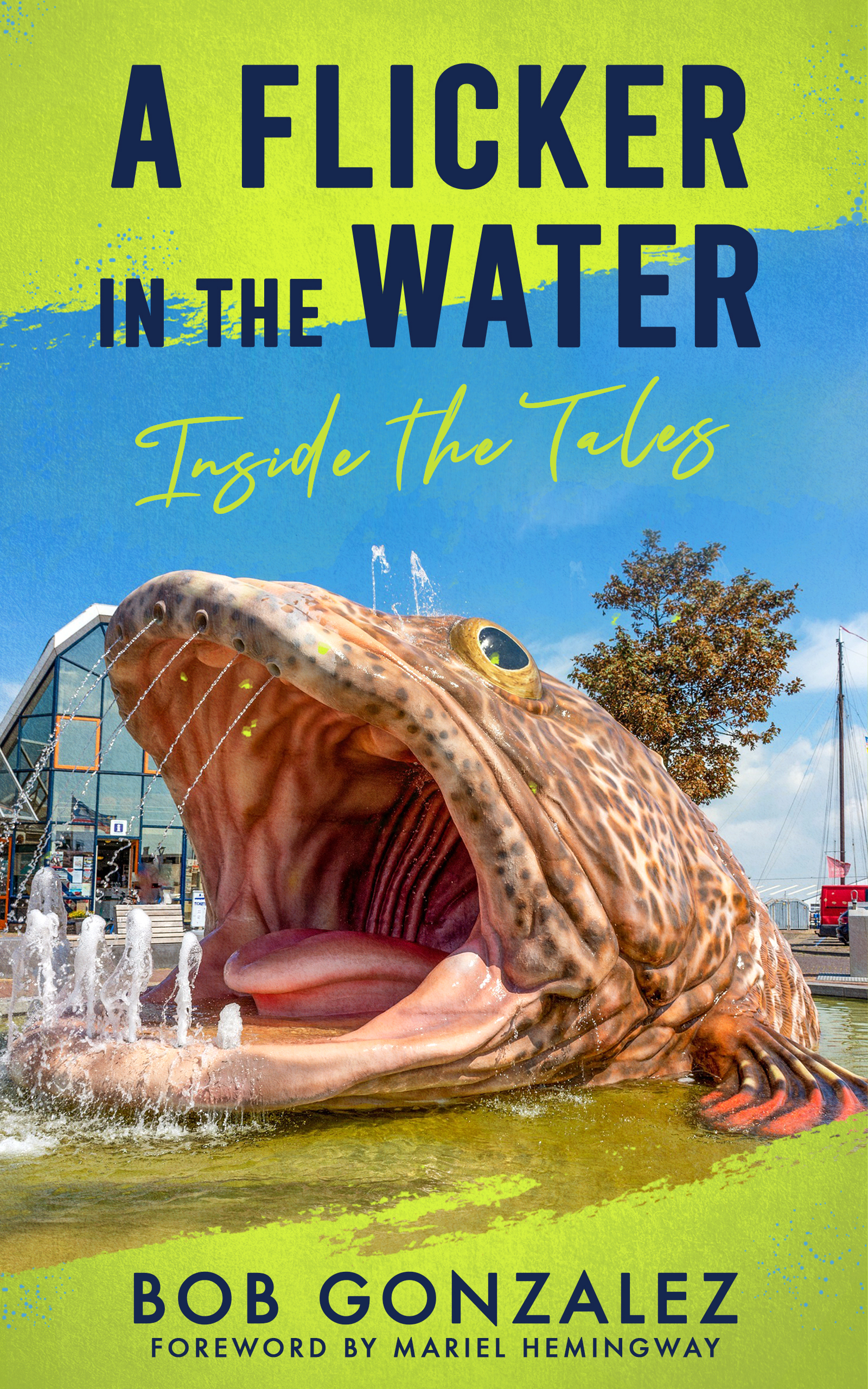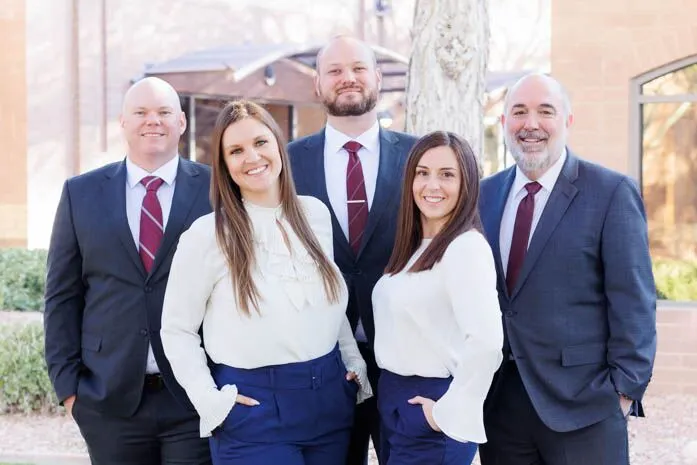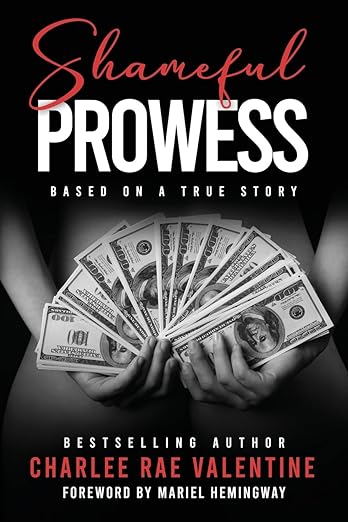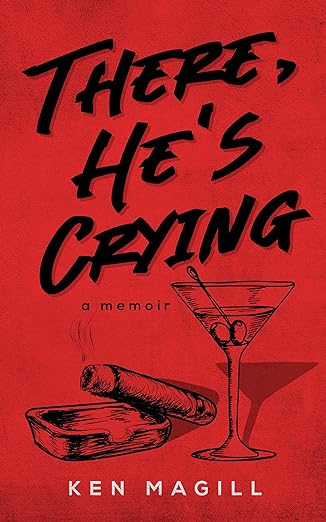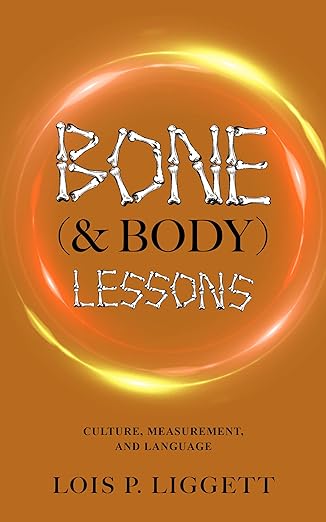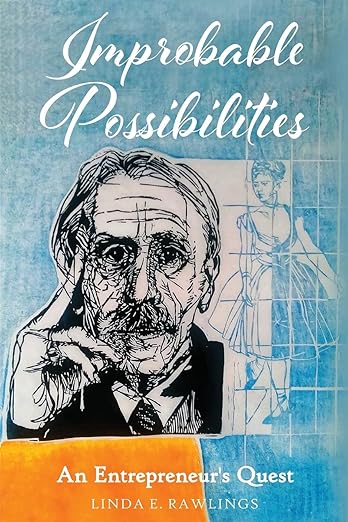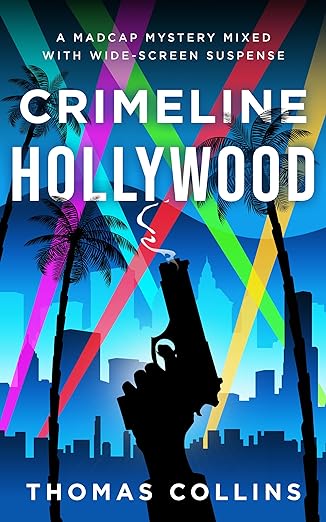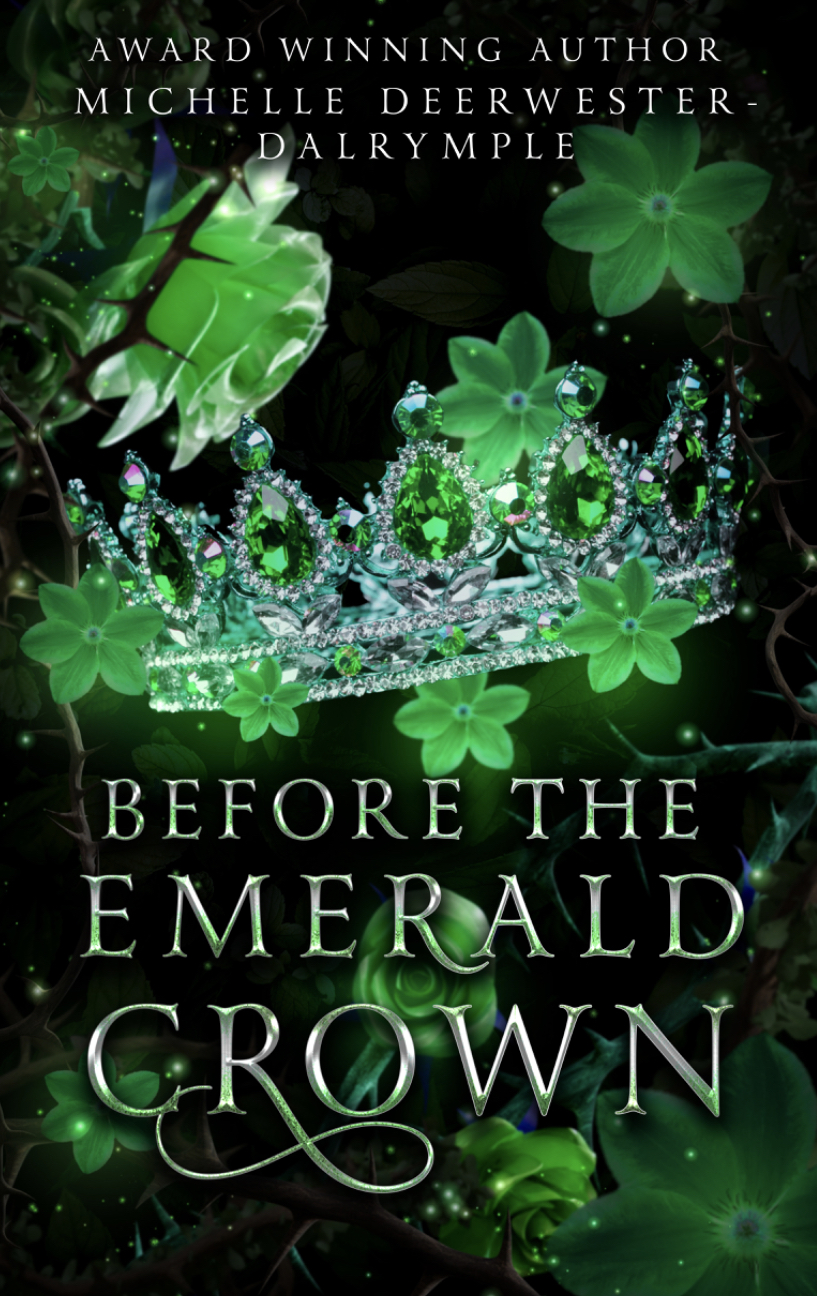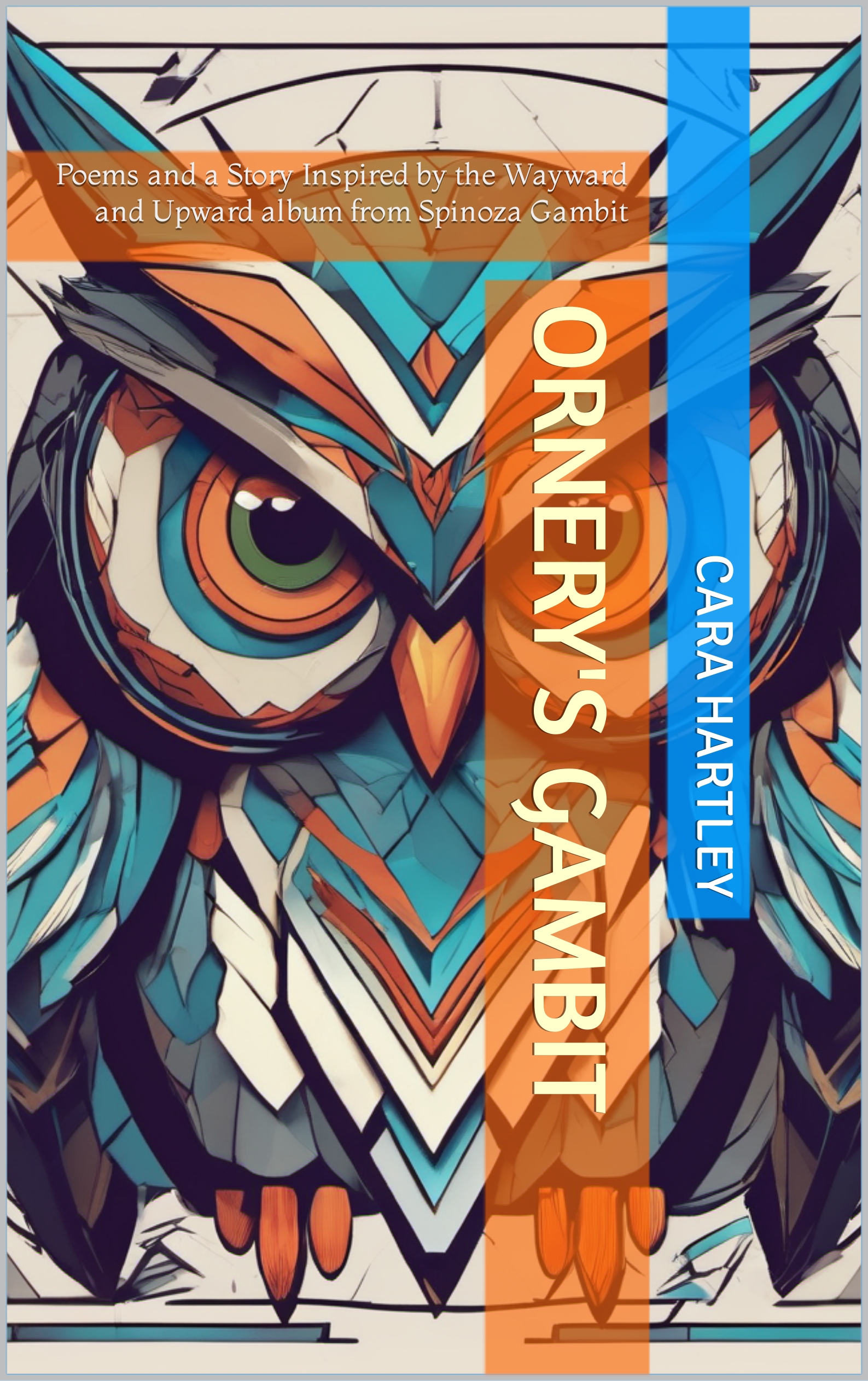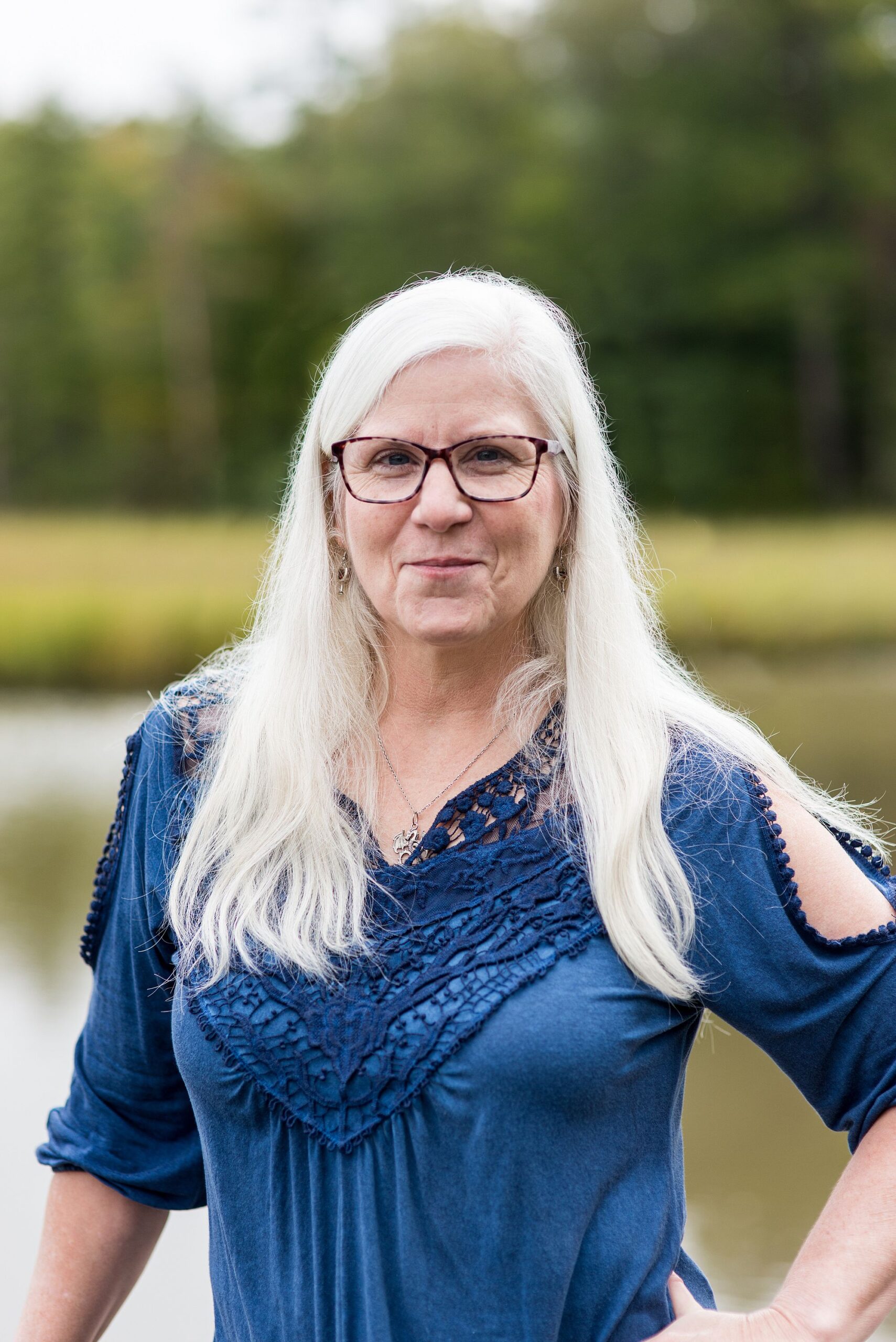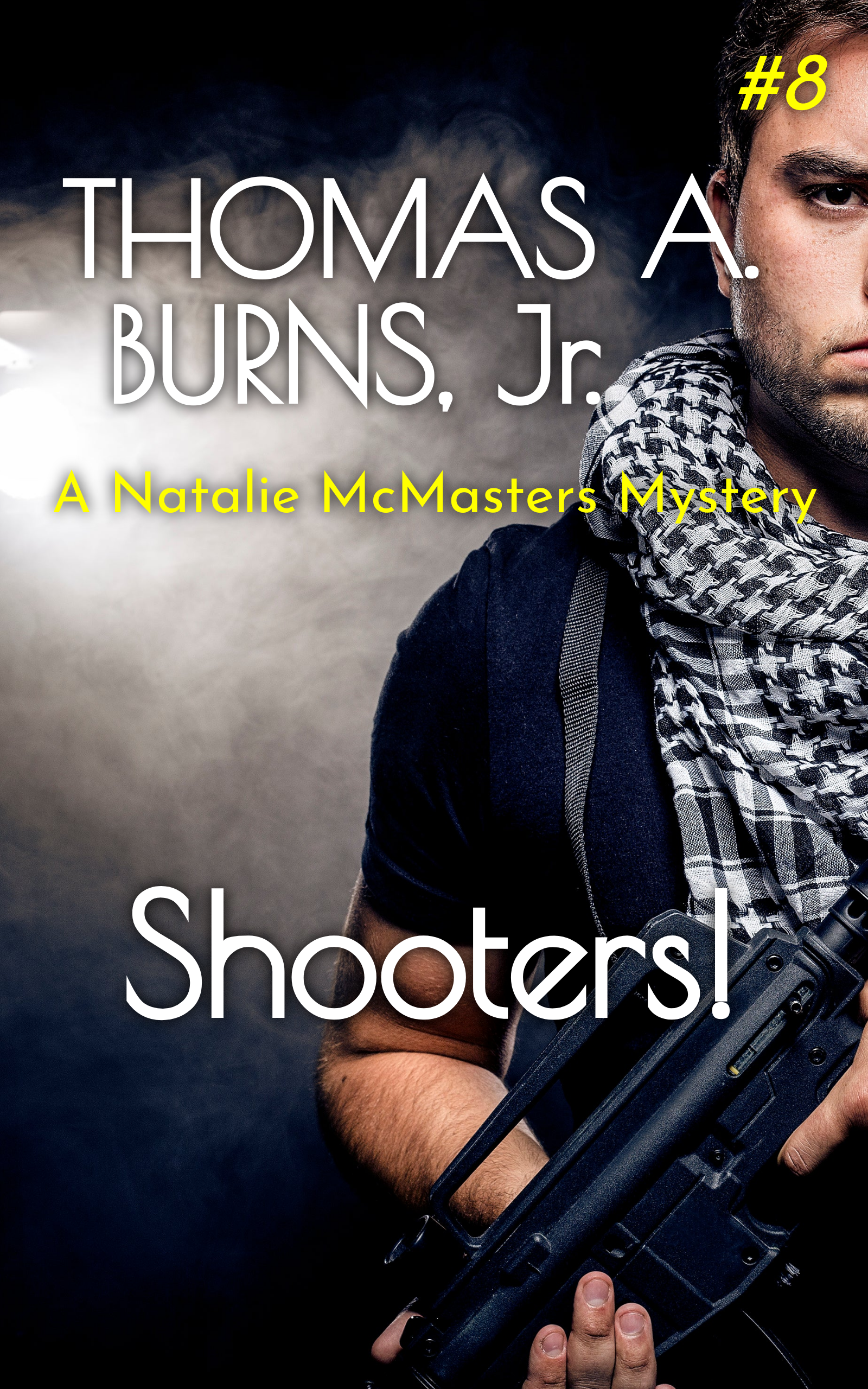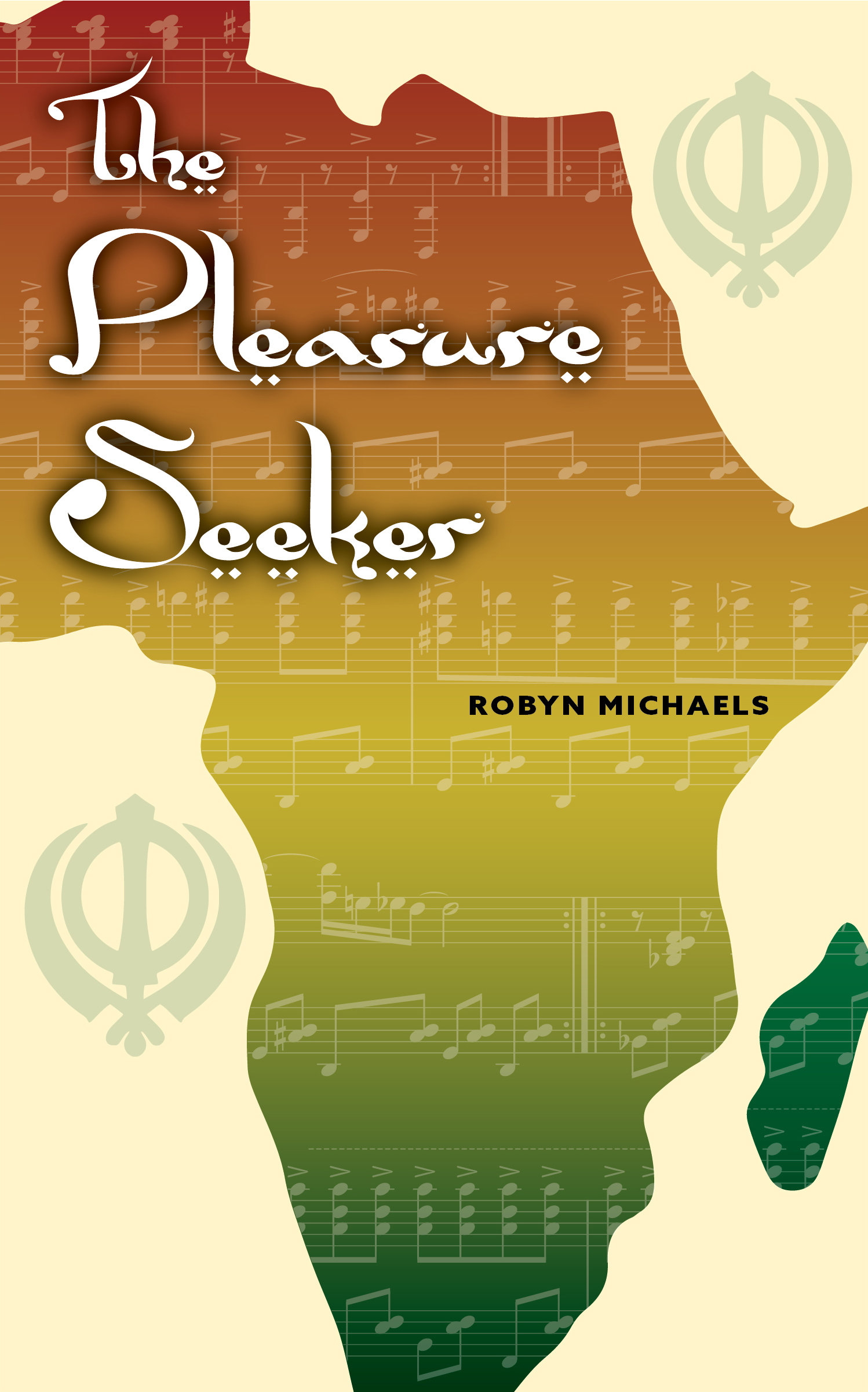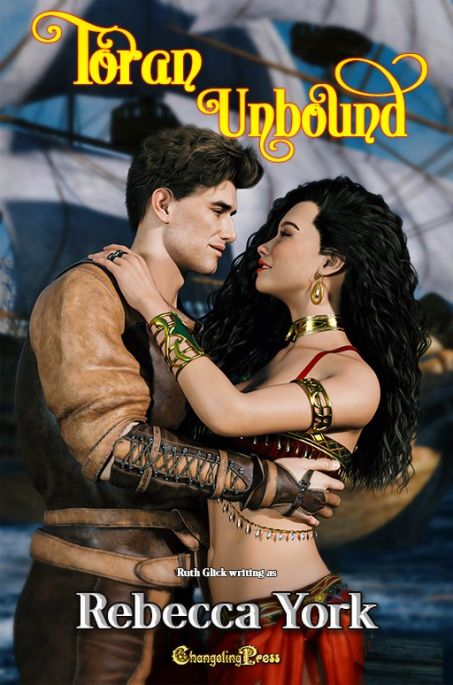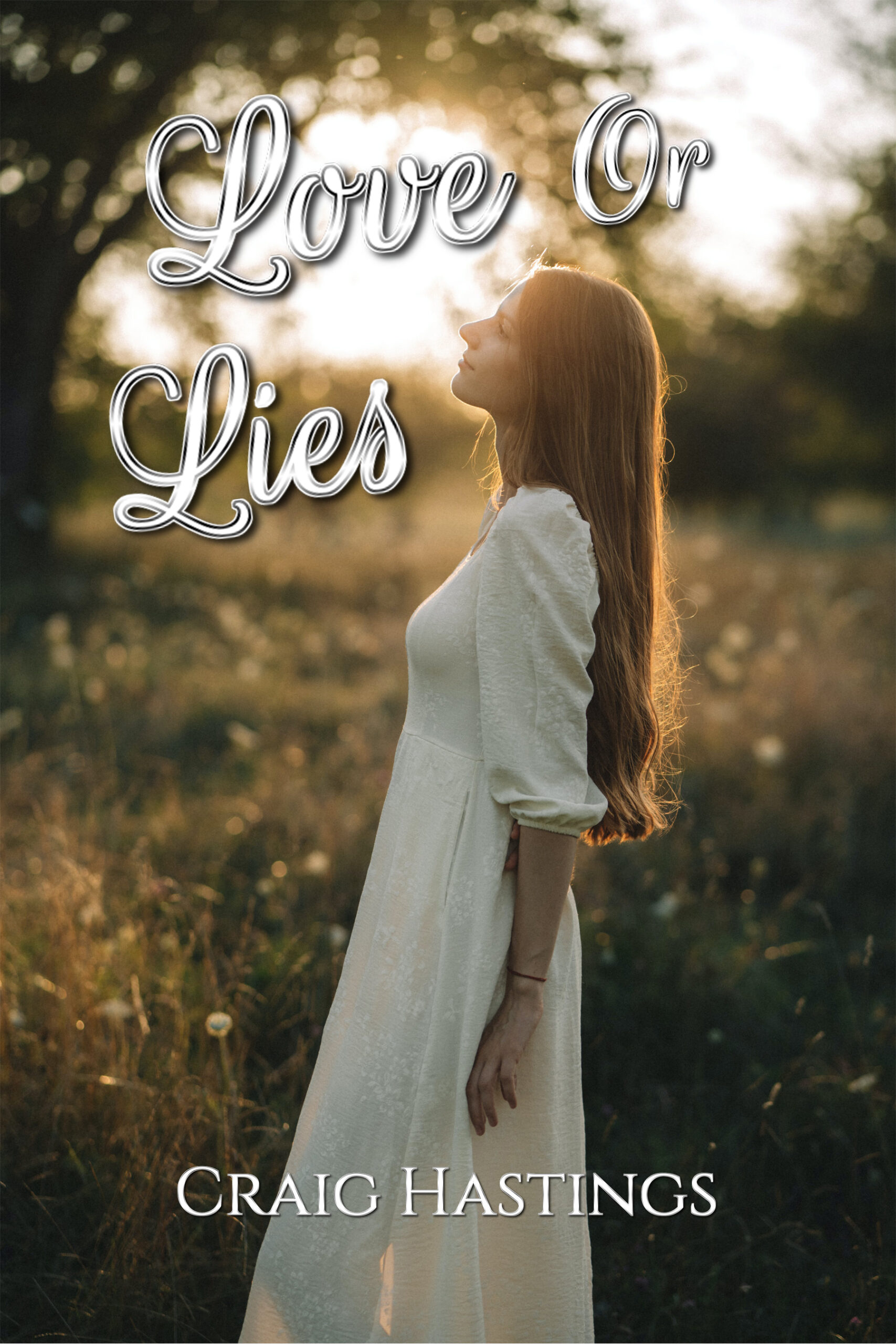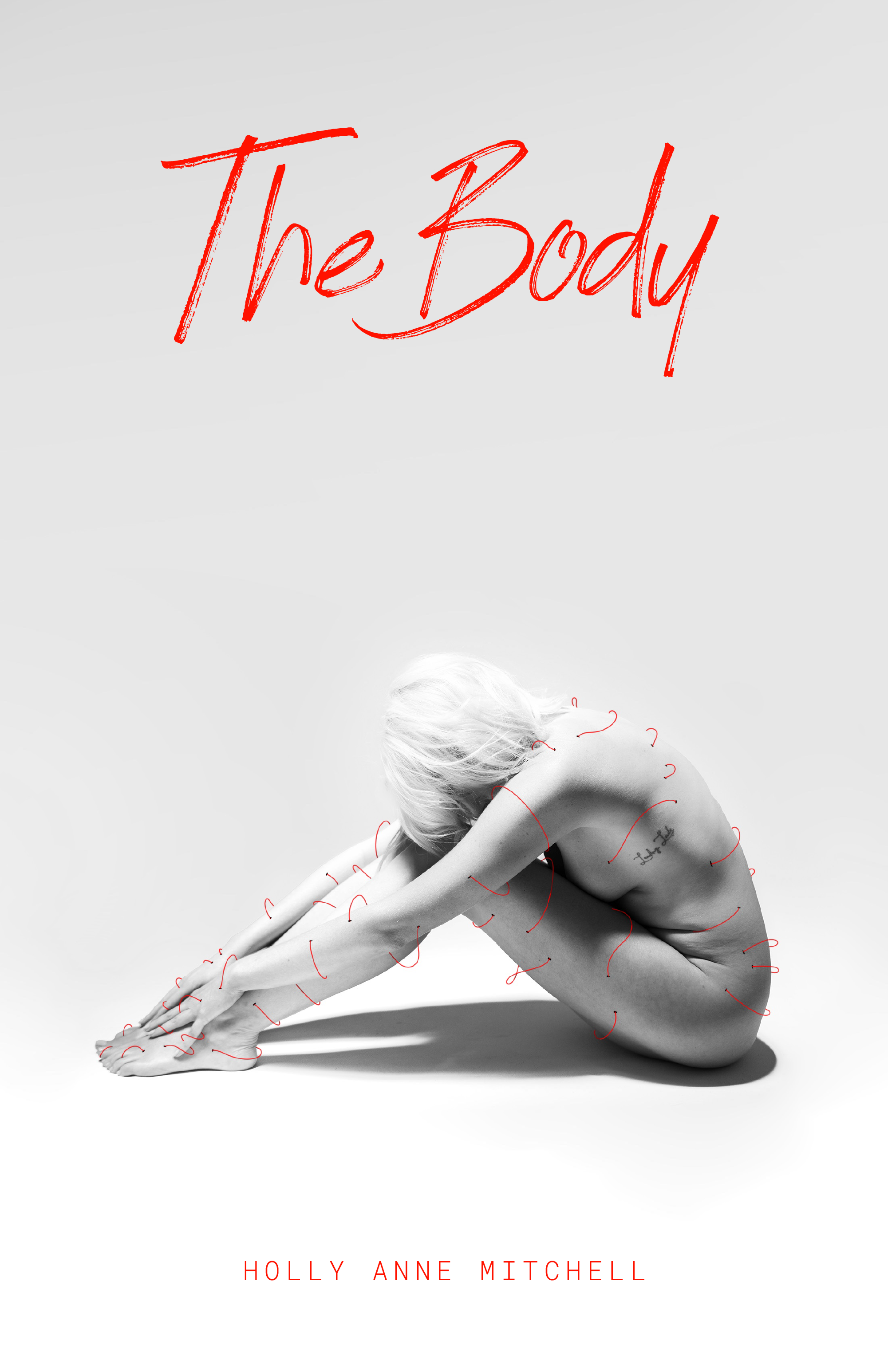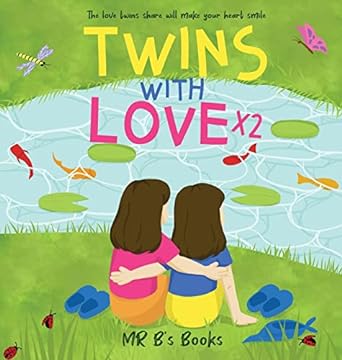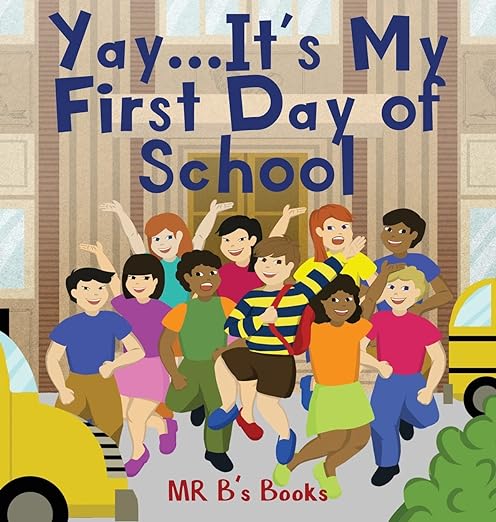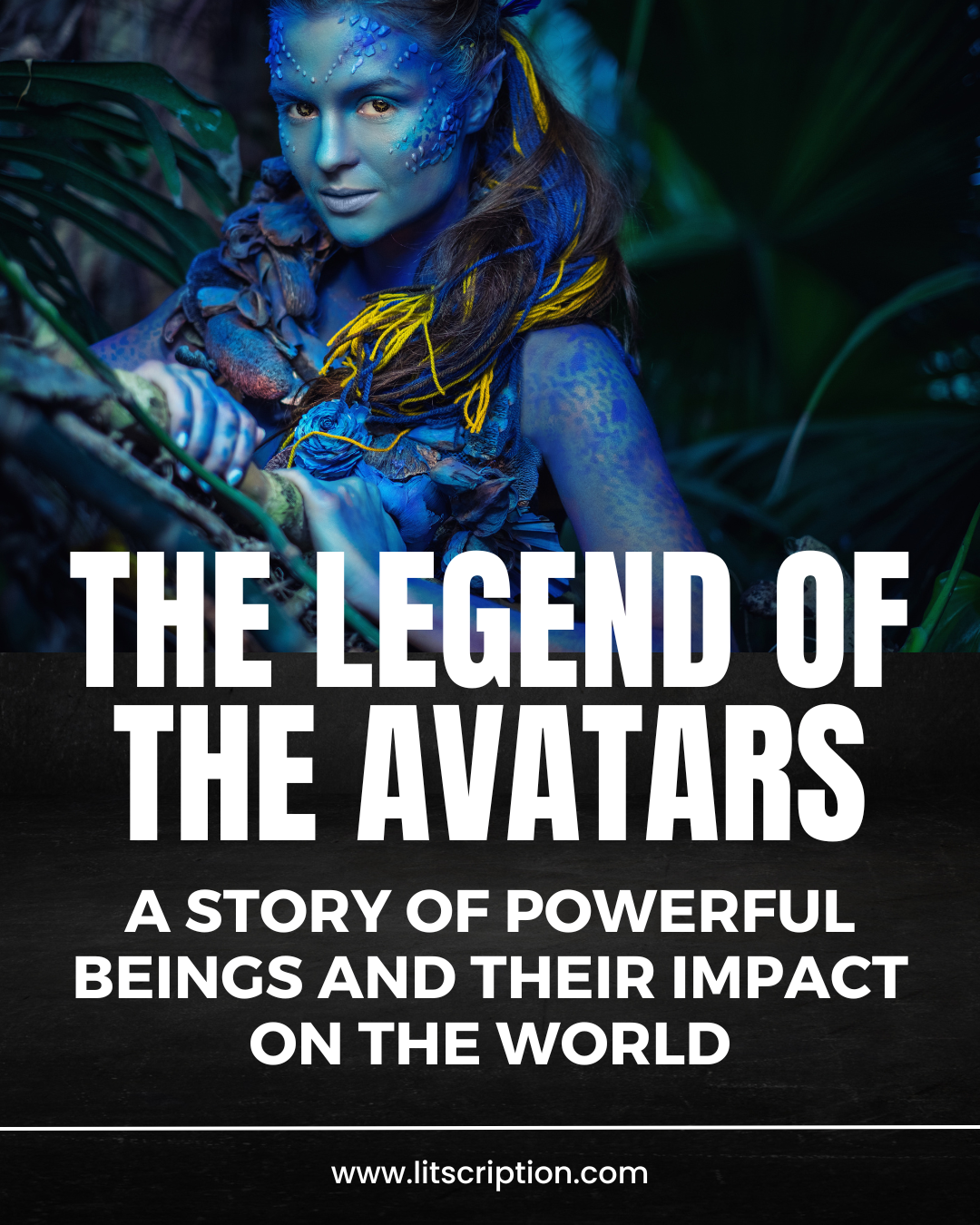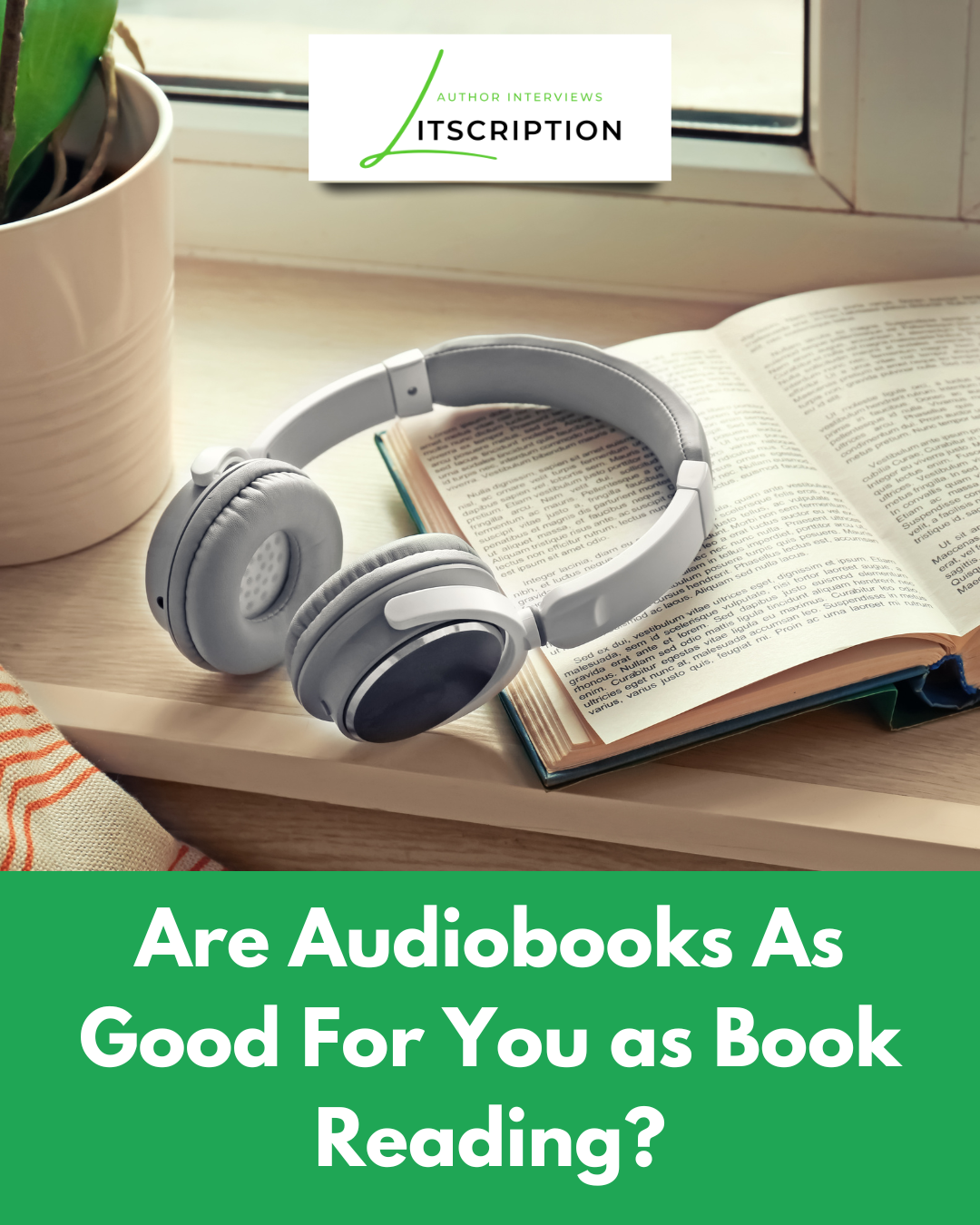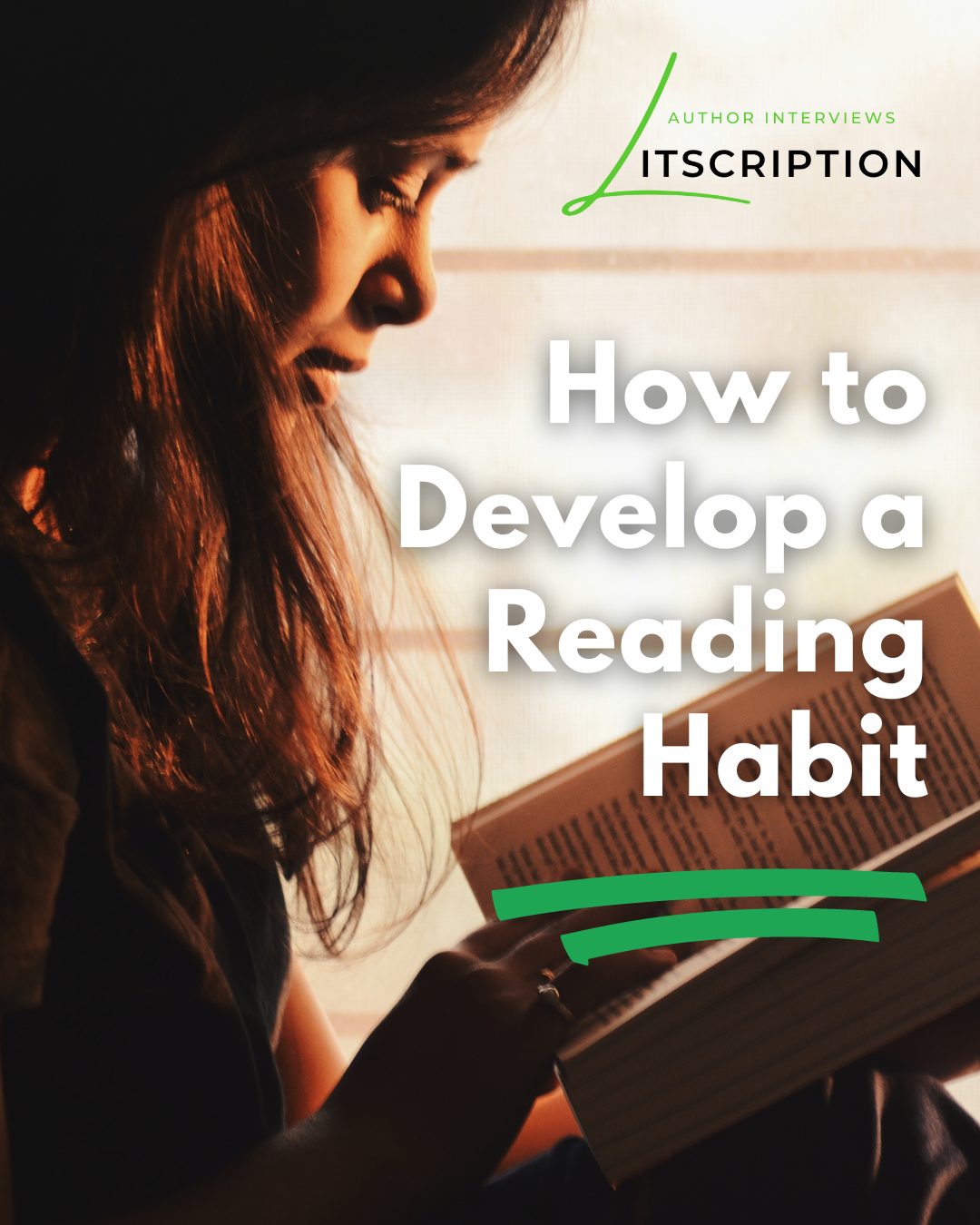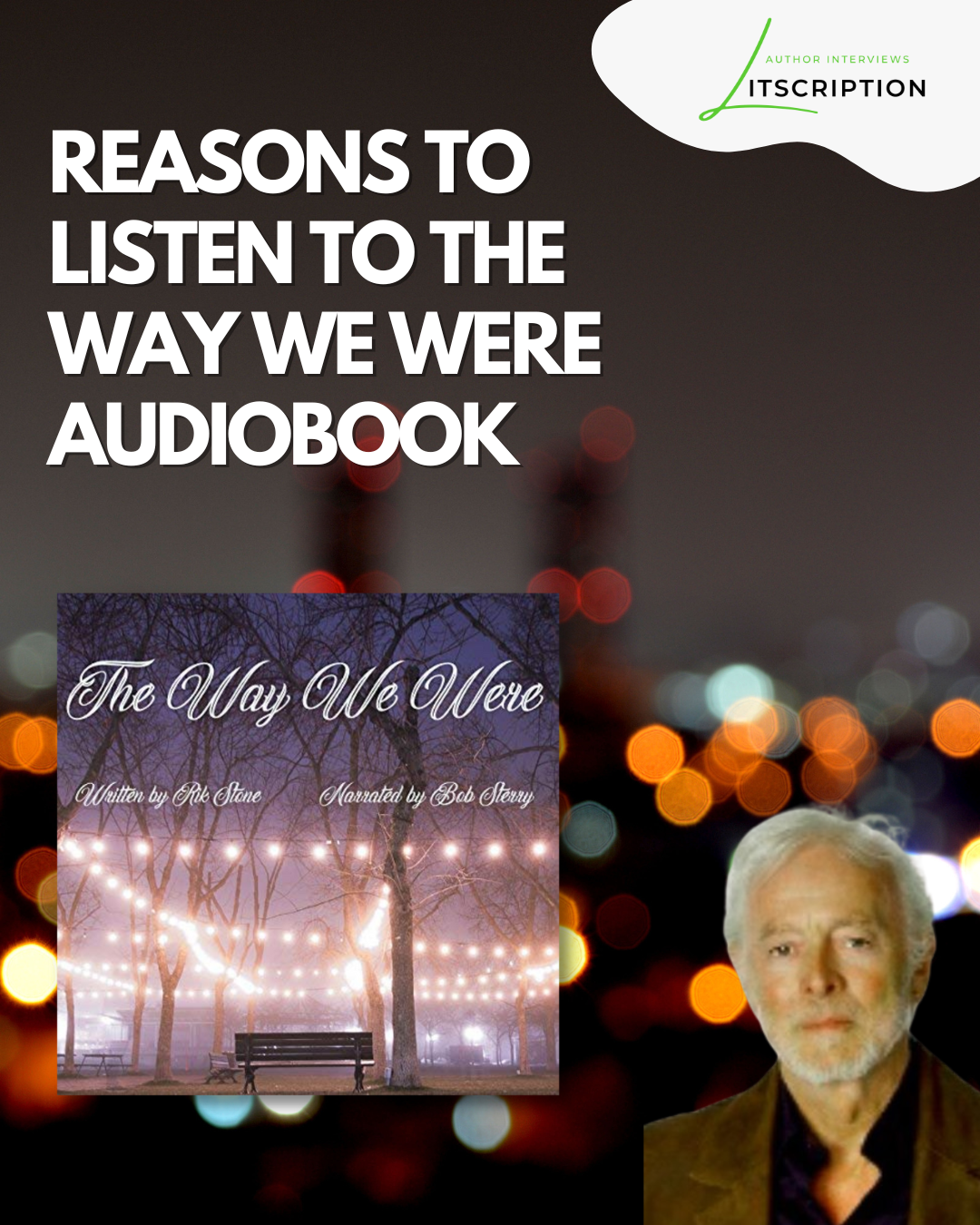Diving into the intricate fabric of language, Thomas J. Baechle’s What’s the Difference? navigates the often-overlooked nuances between commonly interchanged words. Driven by a pursuit of precision and clarity in communication, Baechle’s exploration stems from everyday situations with his children, igniting a curiosity about the subtle differences in word choice. His book not only explores the distinctions between words like “dressing” and “stuffing” but also ventures into the technical realms of temperature measurements and historic terminology. Baechle’s work presents a thought-provoking analysis that serves as a catalyst for deeper discussions, for precision in expression within our diverse linguistic landscape.
What inspired you to explore the subject of communication differences in your book, What’s the Difference?
Initially, conversations with my children about the difference between this or that inspired me to research and explore the meanings of words. People often use a word that has a meaning similar to but a bit different than the meaning that they intended. Capital/capitol, swamp/marsh, hay/straw, are words that seem to mean the same thing but actually have different meanings. As I considered these types of words, more words kept creeping into my mind and became the idea for the book.
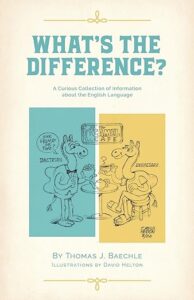 What categories or aspects of communication differences does your book primarily focus on?
What categories or aspects of communication differences does your book primarily focus on?
I think the aspect of precision in word choice is what has fascinated me. I have sometimes read a book or article and because of the context, suspected that the author actually meant something a bit different than the word chosen.
How do you believe this book can benefit both professionals and individuals in their personal lives?
I have frequently heard someone express a question about the difference between two words. This type of question comes up quite often in daily life. It can lead to a fun conversation and can be a learning experience. I have also heard people, including me, express surprise that a word did not mean what they thought it meant.
Why is it important to understand and navigate these differences in communication, especially in diverse settings?
While it may be the case in a given instance that a person need not understand the difference between a maze and a labyrinth to understand the meaning of the writer, I think that striving to be precise in our communications is a way to avoid confusion. Using the term luminaria instead of farolito can indicate a misunderstanding of a cultural practice. Or using the term siege instead of attack might indicate a different view of a historical event.
Can you provide examples or scenarios from your book that illustrate the practical application of understanding communication differences in everyday situations?
At Thanksgiving the question of whether a dish is dressing or stuffing generated interesting discussions. Knowing the difference between measurement scales, such as Fahrenheit and Celsius temperatures, circumference and perimeter of a circle, semiannual and biannual events, can all lead to practical misunderstandings.
Misunderstandings often arise due to communication differences. How does your book provide guidance or strategies to resolve these instances?
As with many subjects of disagreement, striving to discuss differences in word meanings can and should be a fun encounter. Handling these conversations without disparaging the other person is important for maintaining civil relationships. The book offers low-key answers to many of the questions.
In the age of rapid technological advancements, how does your book address changes in communication and their effects on these differences?
Certainly the internet can be used to look something up on the spur of the moment. My book collects and explains many examples that might not otherwise come to mind. It offers the opportunity to explore many examples and invites conversation about different words. The book can be a conversation starter and a fun way to spend some time with family and friends.
What impact do you hope What’s the Difference will have on readers and the field of communication?
My hope would be that readers of What’s the Difference would explore further the examples described with the bibliography included at the end of the book. Also, my hope would be that readers would look for their own further examples of such words. It could lead to readers looking forward to learning and furthering their own interest in precision in word selection.
Looking forward, do you anticipate any emerging trends or changes in communication differences that might not have been covered in your book?
An emerging trend could be that communication, both written and spoken, utilize fewer less generalities and a bit more precision in word selection.
Purchase What’s the Difference?
About the Author
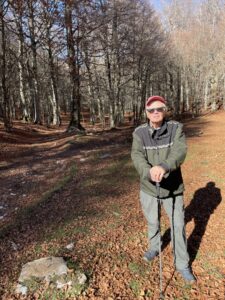 Thomas Baechle grew up and until recently lived in Cleveland, Ohio, spending time near Lake Erie and hiking, bicycling, and picnicking in the Cuyahoga Valley National Park.
Thomas Baechle grew up and until recently lived in Cleveland, Ohio, spending time near Lake Erie and hiking, bicycling, and picnicking in the Cuyahoga Valley National Park.
He enjoys traveling and road trips and has visited most of the national parks in the US and each of the 50 states.
“Each park and each state is unique in its beauty and grandeur.”
Thomas has pursued various adventures and has backpacked across Isle Royale National Park several times with his son and grandson, skydived with his children, and run with the bulls in Pamplona, Spain.
He recently relocated to the south shore of Massachusetts, where he enjoys time with family near Plymouth and Duxbury Bays.
Before his retirement, Tom enjoyed a legal career.
